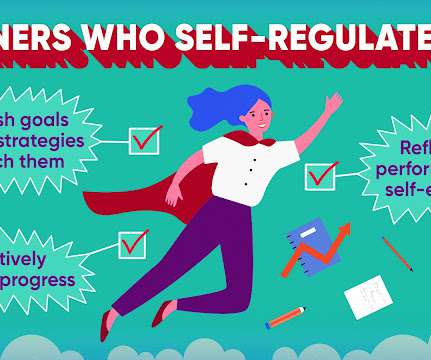Self-Regulation in the Personalized Classroom
A Principal's Reflections
JANUARY 8, 2023
One of the best and most gratifying aspects of my job is getting into classrooms and providing feedback to leaders, who, in turn, help their teachers grow. Over the years, the state of Utah has provided me with a plethora of opportunities to work with schools on Personalized Competency-Based Learning ( PCBL ). An article by Y.

















Let's personalize your content